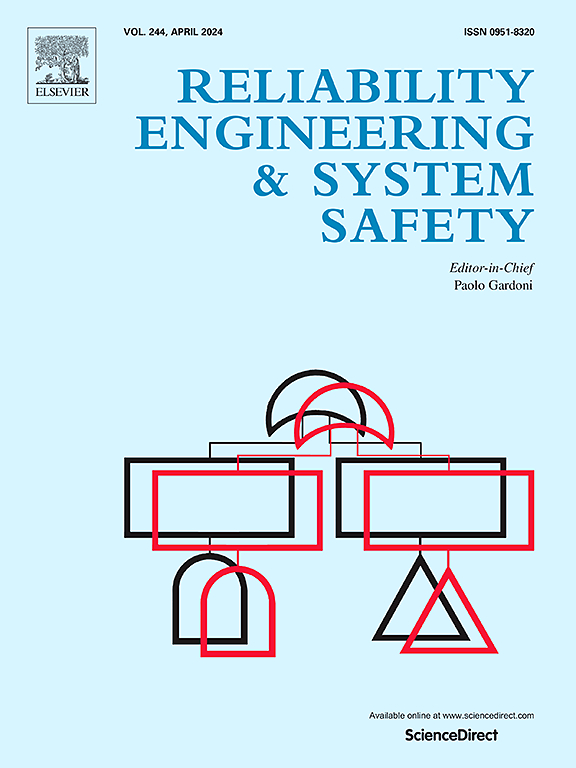Integrating causal representations with domain adaptation for fault diagnosis
IF 9.4
1区 工程技术
Q1 ENGINEERING, INDUSTRIAL
引用次数: 0
Abstract
In practical fault diagnosis, obtaining sufficient samples is often challenging. Transfer learning can help by using data from related domains, but significant distribution differences often exist due to different working conditions. To address this issue, cross-domain fault diagnosis (CDFD) has attracted increasing attention. However, most CDFD methods rely on statistical dependencies, which restricts their ability to uncover intrinsic mechanisms and affects both performance and reliability. In this paper, a Cross-domain Fault Diagnosis model based on Causal Representation learning (CFDCR) is proposed. This method employs causal representation learning with a graph autoencoder to learn invariant representations across domains, thereby improving the robustness of the prediction model. It further employs domain adversarial networks to align feature distributions, thus mitigating conditional distribution disparities between source domain data and target fault data, ultimately enhancing model performance. Experimental results on various bearing fault datasets demonstrate that the proposed cross-domain fault diagnosis model can effectively utilize related source domain data to guide fault classification tasks in the target domain and achieve more robust fault predictions.
求助全文
约1分钟内获得全文
求助全文
来源期刊

Reliability Engineering & System Safety
管理科学-工程:工业
CiteScore
15.20
自引率
39.50%
发文量
621
审稿时长
67 days
期刊介绍:
Elsevier publishes Reliability Engineering & System Safety in association with the European Safety and Reliability Association and the Safety Engineering and Risk Analysis Division. The international journal is devoted to developing and applying methods to enhance the safety and reliability of complex technological systems, like nuclear power plants, chemical plants, hazardous waste facilities, space systems, offshore and maritime systems, transportation systems, constructed infrastructure, and manufacturing plants. The journal normally publishes only articles that involve the analysis of substantive problems related to the reliability of complex systems or present techniques and/or theoretical results that have a discernable relationship to the solution of such problems. An important aim is to balance academic material and practical applications.
 求助内容:
求助内容: 应助结果提醒方式:
应助结果提醒方式:


